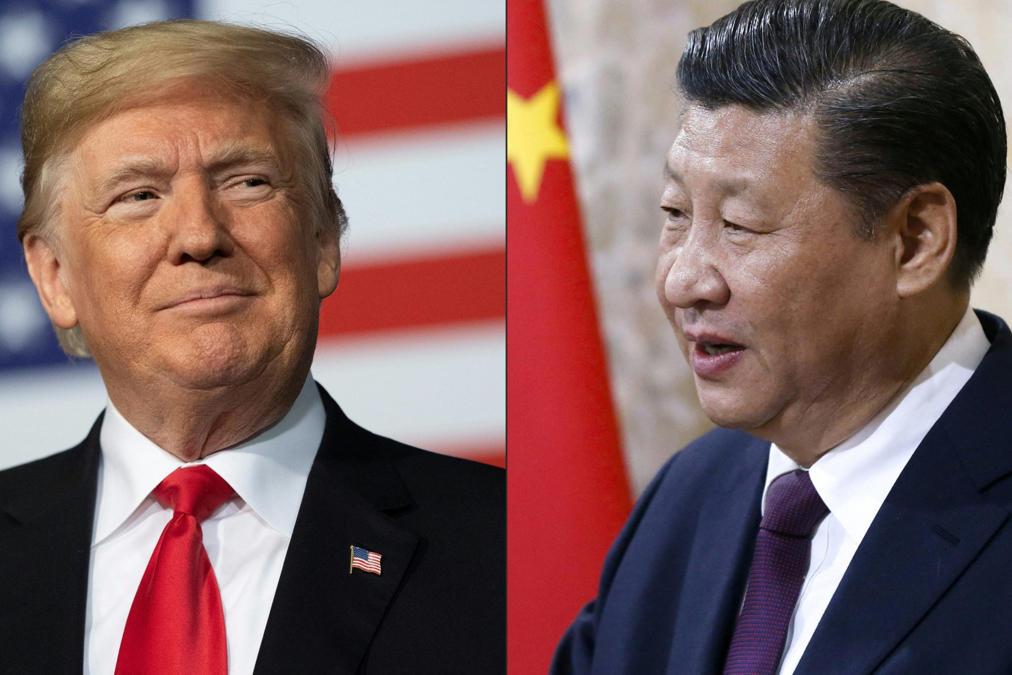
Former U.S. President Donald Trump has long argued that China’s economy would collapse without access to American consumers. But new trade data and diplomatic shifts suggest otherwise — Beijing is proving it can thrive by deepening economic ties with the rest of the world, particularly across Asia, Africa, and Latin America
Trump’s Economic Gamble
Since returning to political prominence, Trump has renewed his confrontational rhetoric toward China, threatening to impose tariffs as high as 100% on Chinese imports. His message is clear: the United States, as the world’s largest consumer market, can cripple China’s export-driven economy if Beijing fails to comply with Washington’s trade terms.
“We hold the cards,” Trump told supporters during a recent rally. “If we stop buying from China, they’ll face tremendous difficulties like never before.”
This belief forms the cornerstone of Trump’s economic nationalism — the notion that America’s vast consumer power gives it ultimate leverage over China. But the global economy has evolved dramatically since his first presidency, and Beijing’s strategy is far more diversified than before.
China’s Global Pivot
Confronted with U.S. tariffs, technology restrictions, and geopolitical tension, China has quietly restructured its global trade network. Instead of relying on the American market, Beijing has expanded exports and investment into new regions — from Southeast Asia to Africa and Latin America.
According to China’s Ministry of Commerce, trade with the Association of Southeast Asian Nations (ASEAN) surged by nearly 12% in the first half of 2025, overtaking the United States as China’s largest trading bloc. Similarly, African trade volumes have soared under Beijing’s Forum on China–Africa Cooperation (FOCAC) framework, with infrastructure projects and consumer goods exports fueling new growth.
Latin America has also emerged as a strategic partner. From Brazilian soybeans to Peruvian copper, China has locked in long-term commodity deals to secure resource flows and diversify its import channels.
Beijing’s Strategy: Trade Diplomacy Meets Infrastructure
Beijing’s response goes beyond simple export reallocation — it’s a combination of economic and diplomatic maneuvering. Through the Belt and Road Initiative (BRI), China has poured billions into global ports, railways, and logistics hubs, creating new arteries of trade that bypass Western-controlled routes.
These investments are paying off. African ports like Mombasa and Lagos have seen increased Chinese freight traffic, while Southeast Asian shipping lanes are now critical to China’s export resilience. “China’s strategy is no longer about selling cheap goods to America,” says Dr. Mei Lin, a trade analyst at Tsinghua University. “It’s about embedding itself as the heartbeat of global supply chains.”
Economic Cushion and Domestic Adjustments
Despite U.S. tariffs, China’s economic slowdown has been modest compared to expectations. The Chinese government has deployed fiscal stimulus and consumer incentives to stabilize domestic demand. Industrial policy shifts — such as subsidies for electric vehicles, renewable energy, and advanced manufacturing — are also reducing reliance on foreign markets.
China’s massive internal market, with over 400 million middle-class consumers, provides a buffer against external shocks. Although growth has slowed, it remains near 4.8%, according to the International Monetary Fund — far from the economic collapse predicted by Trump’s team.
The American Dilemma
The trade war, meanwhile, is hurting both sides. American importers and consumers face higher prices, while U.S. manufacturers reliant on Chinese components struggle with supply disruptions. Analysts warn that Trump’s proposed 100% tariffs could spark renewed inflation, complicating Washington’s domestic economic agenda.
“Trump’s tariff policy assumes that China depends on U.S. demand more than the reverse,” says Dr. Raymond Kibet, an economist based in Nairobi. “But in a multipolar world, that assumption is outdated. China’s expanding footprint in Africa and Asia shows that the global South is increasingly central to global trade.”
Africa’s Rising Role
Africa’s growing economic partnership with China underscores this shift. Beijing’s financing of digital infrastructure, roads, and renewable energy projects across the continent has not only boosted bilateral trade but also given African nations access to affordable technology and manufacturing capacity.
In Kenya, for instance, Chinese investment in e-commerce and logistics platforms is helping local exporters reach Asian markets directly — a reversal of traditional trade flows dominated by the West. African economies, once peripheral to U.S.–China rivalry, are now emerging as beneficiaries of China’s diversification drive.
The Global Outlook
While challenges remain — including debt concerns, overcapacity, and slowing domestic consumption — China’s resilience demonstrates that Trump’s “tremendous difficulties” prediction may have underestimated Beijing’s global reach.
As Washington doubles down on tariffs and trade restrictions, China is quietly rewriting the rules of globalization — one partnership at a time.
In the words of a senior Chinese trade official quoted in Xinhua News Agency, “The world is big enough for win-win cooperation. Those who close their doors will eventually be left behind.”


